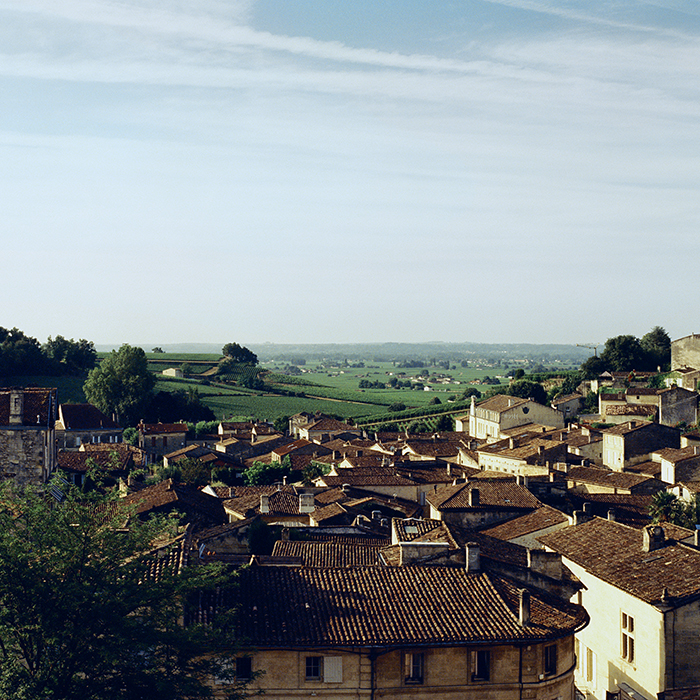Bringing Bordeaux to life
Author: Berry Bros. & Rudd

How long have you been working on Inside Bordeaux?
I’ve been working on it for three years. When I met Chris and Carrie – the publishers – we talked about the need for a book that would turn the received ideas about Bordeaux on their head, and they asked if I was crazy enough to consider writing it. Turns out, I was.
Why did you decide to write a book about the region?
I wanted to ask new questions about Bordeaux, and to look at the region is a new way, because so much is happening here right now – from next-generation winemakers, to the rise in organics and biodynamics, to terroir-led winemaking.
What are you most proud of in the book?
This is the first book about Bordeaux (certainly in the English language) to have such a focus on the terroir of the region – and more importantly to draw clear and useable links between the soils/microclimates and why the wines taste the way they do. We have worked with Kees van Leeuwen (professor of viticulture at Bordeaux Sciences Agro and Bordeaux’s Institute of Wine and Vine Science) and other experts to create 65 entirely new maps, that cover things like the gravel terraces of the Left Bank, and the limestone cliffs of the Right Bank, and tried to explain what these phenomena mean for the wine in the glass and different vintages. The maps are gorgeous as well as useful – gatefolds, with different information set against each other so readers can easily compare complementary information such as terroir and where châteaux are located.
But I’m equally proud of putting the focus on little-known estates as well as on the Classed Growths. Of course the Classified properties are all in the book, but you’ll also find in-depth write-ups of brilliant emerging properties in Fronsac, Lalande de Pomerol, the Haut-Médoc and so on. I try not to focus too much on history and more on what is happening at these estates today – who is running them, what is new, why you should care, and what you can expect the wines to taste like. There are over 1,000 châteaux and wines in the book, and every single one I have chosen because I think there is something interesting to say about it.
What do you hope readers will take away from it?
Bordeaux is a region that is so familiar to so many of us, that it can feel at times like we stop seeing it. I hope from this book that readers will re-engage with the region and get excited about all that it offers. I hope, above all, that they will enjoy reading it.
This is a big book, at around 700 pages, but I really hope they feel that it has a voice, and is fun to read (or dip in and out of more realistically!). Sometimes books this size, that are effectively encyclopaedias, can feel dry and sterile, and are often a compilation of different voices, and of information given by châteaux. This is very different – I have written every single word, and every château included has been researched, visited and/or tasted by me. I hope that comes across on the page, and that there is a feeling of this being a conversation with the reader, where we are asking questions together.



As a frequent visitor to Bordeaux, I’m looking forward to understanding more than can ever be gleaned from single vineyard visits, ban des vendanges and fetes du printemps. Jane Anson is in a unique position to bring together the innate diversity and ethos of the entire region
My copy arrived just in time for last weekend. A beautiful book to look at and read, full of useful info especially for those of us who did our WSET exams a while back!. It is one, as the author says., to dip in and out of and revisit many times. Also a great vineyard reference for anyone intending to visit the area as well as buy the wines.